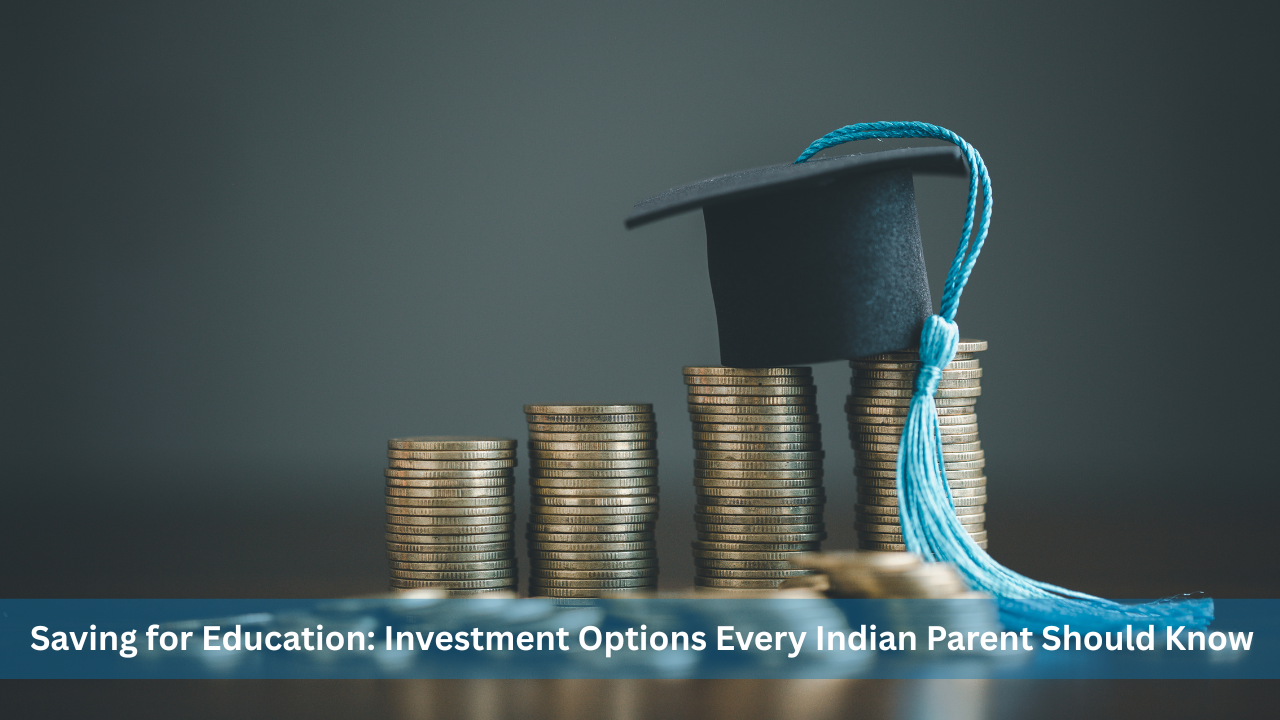Saving for Education: Investment Options Every Indian Parent Should Know
Planning your child’s education is one of the most important financial decisions you will make. At Your Story, we understand the challenges parents face when trying to save for rising education costs. Whether it’s for school fees, college tuition, or higher studies abroad, starting early and choosing the right investment options can make all the difference.
Education is one of the most important investments a parent can make for their child’s future. Whether it is school fees, college tuition, or higher studies abroad, the cost of education has been rising steadily in India. This makes it essential to start planning and saving early to meet these expenses without financial stress.
In this article, we will explore some of the best investment options available to Indian families for saving towards education. The aim is to provide clear and practical information so that you can make informed decisions and secure your child’s educational future.
Why Planning Early Matters?
Starting your education savings early is important because it allows your money to grow over time through the power of compounding. Even small amounts invested regularly can accumulate into a substantial sum by the time your child needs the funds. On the other hand, delaying savings means you may have to invest a larger amount later or rely on loans.
Understanding your options and choosing the right mix of investments can help you build a corpus that meets the expected education costs, which tend to increase every year due to inflation.
Popular Investment Options for Education Savings
1. Public Provident Fund (PPF)
PPF is a safe and popular government-backed savings scheme. It offers an interest rate that is generally higher than regular savings accounts and provides tax benefits under Section 80C of the Income Tax Act. The minimum lock-in period is 15 years, which aligns well with long-term goals such as education.
You can invest a maximum of ₹1.5 lakh per year in PPF. The interest earned and the maturity amount are completely tax-free. This scheme is ideal for parents who want a secure and steady return without exposure to market risks.
2. Sukanya Samriddhi Yojana (SSY)
This scheme is specifically designed for the girl child. Parents can open an SSY account anytime before the girl turns 10 years old and invest up to ₹1.5 lakh per year. The scheme currently offers one of the highest interest rates among small savings schemes and also enjoys tax benefits.
SSY has a maturity period of 21 years, but partial withdrawals can be made after the child turns 18 for education purposes. This makes it an attractive option for families planning to support a daughter’s education.
3. Systematic Investment Plans (SIPs) in Mutual Funds
For parents willing to take moderate risks for potentially higher returns, investing in mutual funds through SIPs can be effective. SIPs allow you to invest a fixed amount every month in equity or balanced mutual funds. Over a period of 10-15 years, the returns can significantly outpace inflation.
The advantage of SIPs is flexibility—you can start with as little as ₹500 per month and increase the amount over time. However, it is important to choose funds wisely and review them periodically, preferably with the help of a financial advisor.
4. Child Education Insurance Plans
These plans combine insurance coverage with investment to create a corpus for your child’s education. In case of an unfortunate event, the insurance ensures the premium payments continue, so your child’s education is not affected.
Child education plans offer the peace of mind of financial protection along with a savings component, but they may have higher costs compared to pure investment options. It is important to read the terms carefully and compare plans before purchasing.
5. National Savings Certificate (NSC)
NSC is a fixed income investment scheme with a tenure of 5 years. It offers a safe way to grow your savings with guaranteed returns and tax benefits under Section 80C. Though the tenure is shorter than PPF, NSC can be a part of your diversified portfolio for medium-term education goals.
6. Equity-Linked Savings Scheme (ELSS)
ELSS mutual funds are tax-saving funds with a lock-in period of 3 years. They invest primarily in equity shares, offering the potential for higher returns compared to traditional savings instruments. The shorter lock-in makes ELSS a more flexible option, though it carries higher risk.
ELSS can be used as a part of your overall education saving strategy if you have a long investment horizon and are comfortable with market volatility.
How Much Should You Save?
Estimating how much to save depends on several factors like the current cost of education, inflation, and the number of years left until your child starts college or university. As a rule of thumb, consider that education costs increase by approximately 10% every year.
There are many online calculators available on trusted financial websites that can help you estimate the total amount you will need and the monthly savings required. Regularly reviewing and adjusting your savings plan can help you stay on track.
Key Tips for Successful Education Planning
- Start Early: Begin saving as soon as possible to maximize the benefits of compounding.
- Diversify Investments: Don’t rely on a single scheme. A mix of low-risk and moderate-risk investments can balance safety and growth.
- Review Regularly: Check your investments every year and make adjustments as needed based on your goals and market conditions.
- Plan for Inflation: Factor in rising education costs while setting your savings target.
Conclusion
Saving for your child’s education is a crucial financial goal that requires thoughtful planning and commitment. By understanding the various investment options and starting early, you can build a comfortable fund that will support your child’s academic ambitions without financial stress.
For more detailed guides and personal finance advice tailored to Indian families, visit Your Story. Our expert content will help you stay informed and make smarter investment choices for your family’s future.
Explore these investment options and start planning today. Remember, a well-planned investment strategy today will give your child the freedom to pursue their dreams tomorrow.
For continued support and more financial insights, check out Your Story regularly. Empower yourself with knowledge and take confident steps towards securing your child’s educational future.







